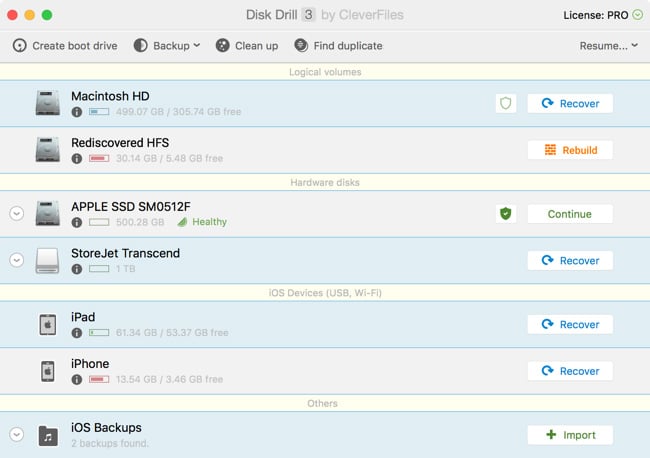MACINTOSH OS 9 CONVENTIONS. The only illegal character for file and folder names in Mac OS 9 is the colon ':' File and folder names may be up to 31 characters in length MACINTOSH OS X CONVENTIONS. Since Mac OS X is build on top of UNIX there are a few inherent conventions that OS 9 users may not expect. File system formats available in Disk Utility on Mac. Disk Utility on Mac supports several file system formats: Apple File System (APFS): The file system used by macOS 10.13 or later. Mac OS Extended: The file system used by macOS 10.12 or earlier. MS-DOS (FAT) and ExFAT: File systems that are compatible with Windows. Open Disk Utility for me.
Recovering FAT Partition on Mac
Partitioning a volume is a process of sub dividing the main physical volume in to two or more drives. A volume on Mac with FAT file system can be partitioned with the help of the inbuilt Disk Utility tool on a Mac computer. This process is risky and any errors during the process can completely wipe off any data which is stored on that FAT file format volume. Hence before partitioning / re-partitioning any Mac volume, the prime rule is to create a backup of all important contents on that volume. But in cases where you did not feel the need to create a backup or you were not able to do so at the time of partitioning due to any reasons, there stands a huge risk of losing all data from that volume.
In case the unfortunate has happened, that is, all data from the volume is wiped off, or you accidentally deleted a wrong partition, we’re here to help you out. You have to perform FAT partition recovery Mac to undelete all its contents using Remo Recover for Mac software. But this can only be done only if a new volume has not been created or formatted in the former volume’s place.
Performing FAT partition recovery Mac:
In case of deleted partition, FAT partition recovery Mac is possible because when the Disk Management utility deletes a partition from the main disk drive, the partition’s file system boot sector gets removed, i.e. sector 0 of the drive. Then the Disk Management tool erases the volume’s entry from its private region database, letting rest of the partition’s content untouched. As the FAT file format system stores backup boot sectors, you can easily recover partition data on Mac by restoring the boot sector.
To carry out this task, that is to retrieve Mac FAT partition data, a powerful volume recovery tool called Remo Recover for Mac is highly recommended. Below are a few features of using Remo Recover software which you’ll find benefiting in restoring FAT partition data Mac.
Features of Remo Recover for Mac which can be benefiting while you recover Mac FAT partition data:
- This software can recover data even from re-formatted and re-partitioned Mac volumes with ease
- It is a powerful and effective tool that can even search for lost FAT file system partitions and retrieve all its data with ease
- Apart from restoring data on FAT file system partitions, this tool can be used to retrieve data from different types of Mac file system volumes such as NTFS, NTFS5, FAT32, HFS and HFS+ partitions
- This tool can be used to recover data from volumes which are affected with Bad Sectors by creating disk images to perform overall data recovery
- Remo Recover is a powerful data recovery software as it can recognize and recover files of more than 300 different types of file formats with ease leaving zero risk of missing any important files while performing data recovery on a particular FAT volume
- It has a user friendly interface, with which you need not be an expert user with high technical knowledge to perform partition recovery from a FAT volume
- You can also use the demo version of this software to check the performance and results. Once you are satisfied with the software, you can evaluate the full version of Remo Recover in order to complete the process
Steps to perform Mac FAT partition recovery using Remo Recover utility:
Step 1: Download and Install the demo version of the software on your Mac system and launch it to open the main screen. Select 'Recover Volumes / Drives' option.
Figure 1: Main Screen
Step 2: Select 'Volume Recovery' option to initiate FAT partition recovery.

Figure 2: Select Volume Recovery
Step 3: Select the FAT file system drive from where partition is to be recovered and click 'Next'.
Fat For Mac Os X 10.10
Figure 3: Select Drive
Step 4: The list of recovered FAT partition data will be displayed after the recovery process is completed.
Figure 4: Recovered Data
Step 5: Click 'Save Recovery Session' for saving entire recovery process to avoide re-scanning of the FAT drive.
Figure 5: Save Recovery Session
 System Requirements:
System Requirements:- macOS Mojave or Catalina

Fat For Mac Os X 10.13
Registration FAQDocumentation
Older version downloads
The ultimate toolbox for Photos on your Mac
PowerPhotos works with the built-in Photos app on your Mac, providing an array of tools to help you get your photo collection in order.
Create and manage multiple libraries
Instead of being limited to putting all your photos in a single library, PowerPhotos can work with multiple Photos libraries, giving you many more options for how to organize your ever growing photo collection.
Splitting your photos between multiple libraries helps Photos open more quickly, lets you archive older photos, store some of your collection on an external hard drive, and reduce storage space used by iCloud Photo Library.
Copy photos and their metadata
You can split your library by copying albums and photos with a simple drag and drop. PowerPhotos will take care of copying the photos and retaining their metadata, including keywords, descriptions, titles, dates, and favorite status. Read more about what PowerPhotos can copy.
Merge Photos libraries
Got a whole bunch of libraries you want to consolidate into one? PowerPhotos lets you merge your libraries together while weeding out duplicate photos in the process. You will be shown a preview of what your merged library will look like before any modifications are done, to ensure your merged library looks how you want.
Find duplicate photos
It's easy to have multiple copies of the same photo creep into your photo collection over time. Use PowerPhotos to find duplicate photos in one or more libraries, view them side by side, and separate them into albums where you can easily delete them from your library.
Browse and search
Use PowerPhotos' image browser to quickly view your photos without having to open Photos itself. View detailed photo information using List View, and search for photos across all your libraries at once.
Migrate your iPhoto/Aperture libraries
If you have a lot of existing iPhoto or Aperture libraries that you want to migrate over to Photos, PowerPhotos will help automate your migrations so you don't have to spend time babysitting this lengthy process.
Links and reviews
Fat For Mac Os X 10.7
'PowerPhotos is an extremely useful addition as an enhancement for any Photos user trying to perform tasksthat fall outside of Photos restricted purview.' – Macworld
'PowerPhotos may lack the punch of its predecessor, [iPhoto Library Manager], but it’s indispensable for those making the transition to Photos.' – Mac|Life
Video tutorial: Remove duplicate photos in Photos for Mac – PC Classes Online
'PowerPhotos was just what I needed… Two features make it a must-have: merging multiple Photos libraries into one, and finding duplicate photos' – Bob Levitus, Houston Chronicle
